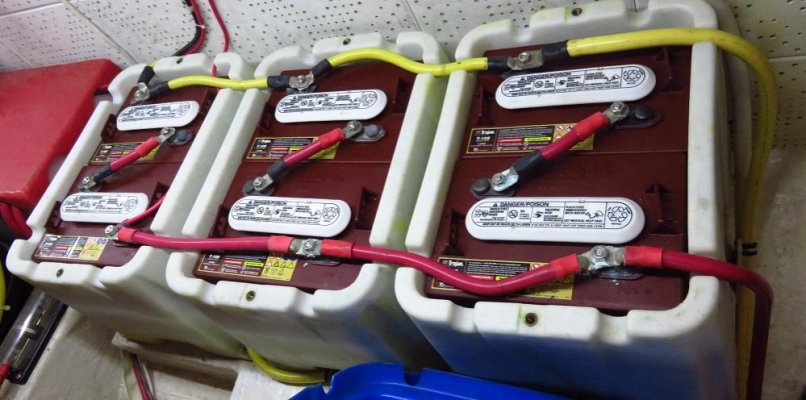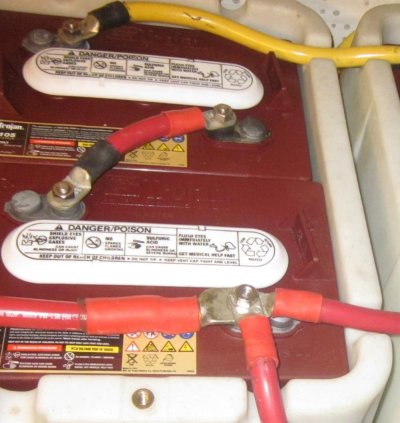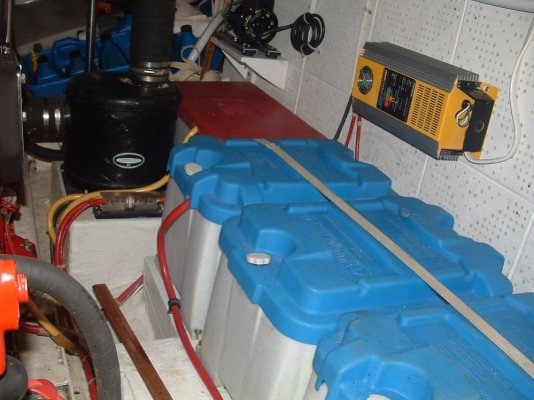A semiconductor fuse might protect a semiconductor, like a mosfet, if each individual mosfet had its own individual semiconductor fuse. In an inverter exists multiple banks of mosfets. In mine I have 8 banks and in each bank 4 mosfets. A timer chip turns banks on and off using a mosfet driver. But I really doubt even an individual fuse can protect any mosfet unless the fuse is way underrated compared to mosfet capability, and designers will run these mosfets right close to the max power edge.
So since each mosfet is maybe rated 90 amps max, when too much demand or heat or age on the mosfet or age on capacitors, or the mosfet drivers shorts out, then the mosfet fails to turn off. Then all sorts of bad things happen, like this is an internal short. Mosfet is not designed to stay on flowing huge amps, but still the supply semiconductor fuse is 350 amps so it just wont blow. Then one mosfet goes, it brings down the others, then the bank is in a continual conduction phase, wont turn off, so they get so hot they burn. This can destroy all the other mosfet banks, yet the main power supply fuse never blows.
You want a quick fuse, cause you don't want to overload the inverter power wire in a short for a long time, whats the point, the wire will just get hot waiting for the fuse to open, meanwhile the inverter might even start a fire. Although if your there you will just smell a lot of nasty electrical smoke. I had an inverter burn, and it kept conducting current till I turned off the battery switch. The amp draw through a few burned mosfets, was not enough amp flow to blow the inverter fuse. The fuse is just in case the supply wire shorts together.
Most fuses blow with much higher amps than what is their rating, and they blow slow. So for inverter, you want that super fast fuse. A slow fuse is just bad idea there.
A starter motor you want a regular, not a super fast fuse. If you put a super fast fuse on a engine starter, a good chance it will blow open since the instantaneous amp flow is going to be very high.
I do not have any breaker-fuses on any engine starters, but I read ABYC is now recommending them.







